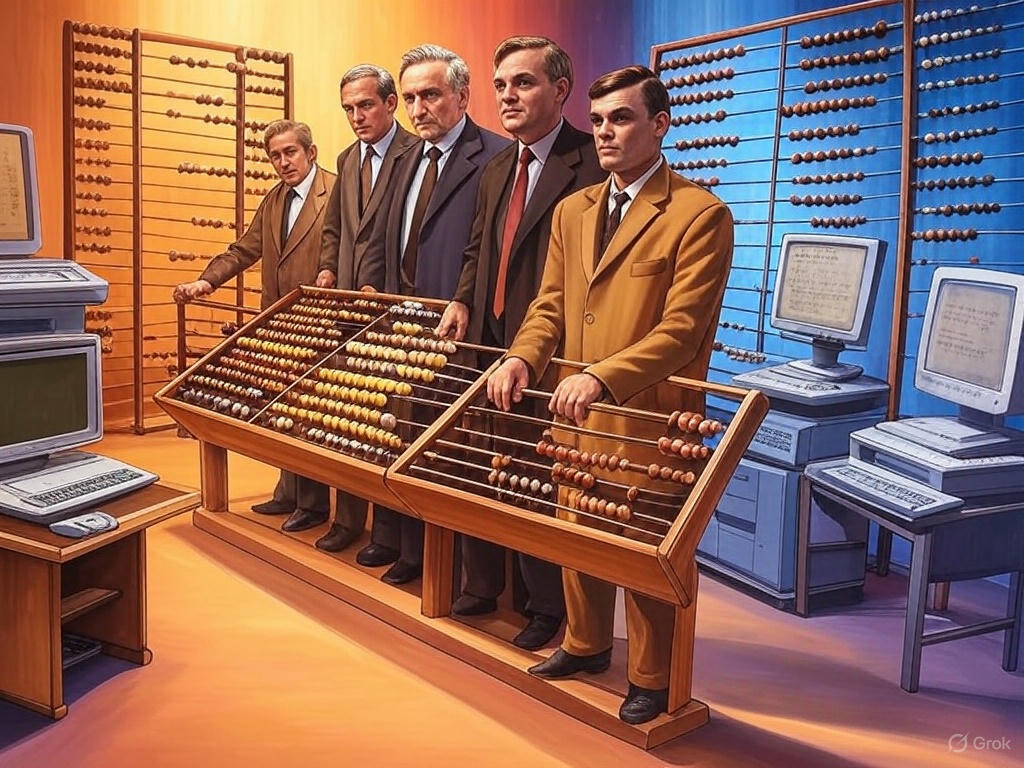The history of computers is a captivating narrative of humanity's journey in calculation and information processing. In this article, we'll explore the significant moments and interesting anecdotes that have shaped the evolution of computers in chronological order.
Definition and Fundamental Characteristics of Computers
The term "computer" is generally defined as a device that performs routine calculations automatically. However, in the modern sense, a computer does more than just calculate; it also handles complex tasks such as storing and retrieving data.
Alan Turing, one of the pioneers of computer science, proposed that for a device to be considered a "computer," it must possess four fundamental functions:
- Input: Data acquisition through keyboards, mice, or other input devices.
- Processing: Data processing by the Central Processing Unit (CPU).
- Storage: Temporary or permanent storage of data.
- Output: Presentation of processed data through screens, printers, or other output devices.
The Birth of Programmable Machines
"The Analytical Engine" designed by Charles Babbage in the 19th century is considered one of the first devices in history to be recognized as a computer, as it incorporated the four fundamental functions defined by Alan Turing. This machine is regarded as the ancestor of modern computers and was designed as a programmable, general-purpose computer.
The Analytical Engine had the following features:
- Input: Data and instruction input through punched cards.
- Processing: A calculation unit called the "Mill."
- Storage: A memory unit called the "Store."
- Output: A printer mechanism for outputting results.
Although Babbage's visionary design couldn't be fully realized due to the technological limitations of the era, it established the fundamental principles of modern computers.
"The Analytical Engine weaves algebraic patterns just as the Jacquard loom weaves flowers and leaves." — Ada Lovelace
The Origins of Calculation
The abacus, known as the oldest calculating device, dates back to 1100 BCE. This simple yet effective tool is still used today, especially in Asia. The abacus, both historically and presently, consists of a rectangular frame with beads strung on parallel rods.
The significance of the abacus lies in its emergence long before a systematic positional representation was developed for writing numbers. By assigning different units or weights to each rod, a wide range of numbers could be represented with just a few beads. This innovative arrangement may have inspired the Hindu-Arabic numeral system that would later be developed.
The abacus is a simple calculating tool designed to perform basic arithmetic operations (addition, subtraction, multiplication, and division) necessary for commercial transactions and bookkeeping. These operations can be performed quickly by easily moving the beads.
The abacus can be considered a primitive digital device that preceded modern computers. Each bead represents a numerical value (usually 1 or 0) depending on whether it is in a specific position. In this respect, the operating principle of the abacus resembles the binary system of today's computers.
The ability of the abacus to represent a certain amount of information makes it an early example of computer science.
From Mechanical to Electronic
The journey from mechanical calculating devices to electronic computers spans centuries of innovation. Each advancement built upon previous discoveries, eventually leading to the digital revolution we're experiencing today.
This progression wasn't merely technological—it represented humanity's growing understanding of mathematics, logic, and information theory. The history of computing devices reflects our persistent quest to extend our cognitive abilities through tools that can process information faster and more accurately than human minds alone.
Conclusion
The evolution of computers from simple calculating tools to complex information processing systems represents one of humanity's most significant technological achievements. This journey has been marked by visionary individuals who could see beyond the limitations of their time, imagining machines that could extend human intellectual capabilities.
As we continue to develop increasingly sophisticated computing technologies, it's valuable to remember the foundations laid by earlier innovations like the abacus and Babbage's Analytical Engine. Understanding this rich history gives us perspective on both how far we've come and the fundamental principles that continue to drive computing forward.
